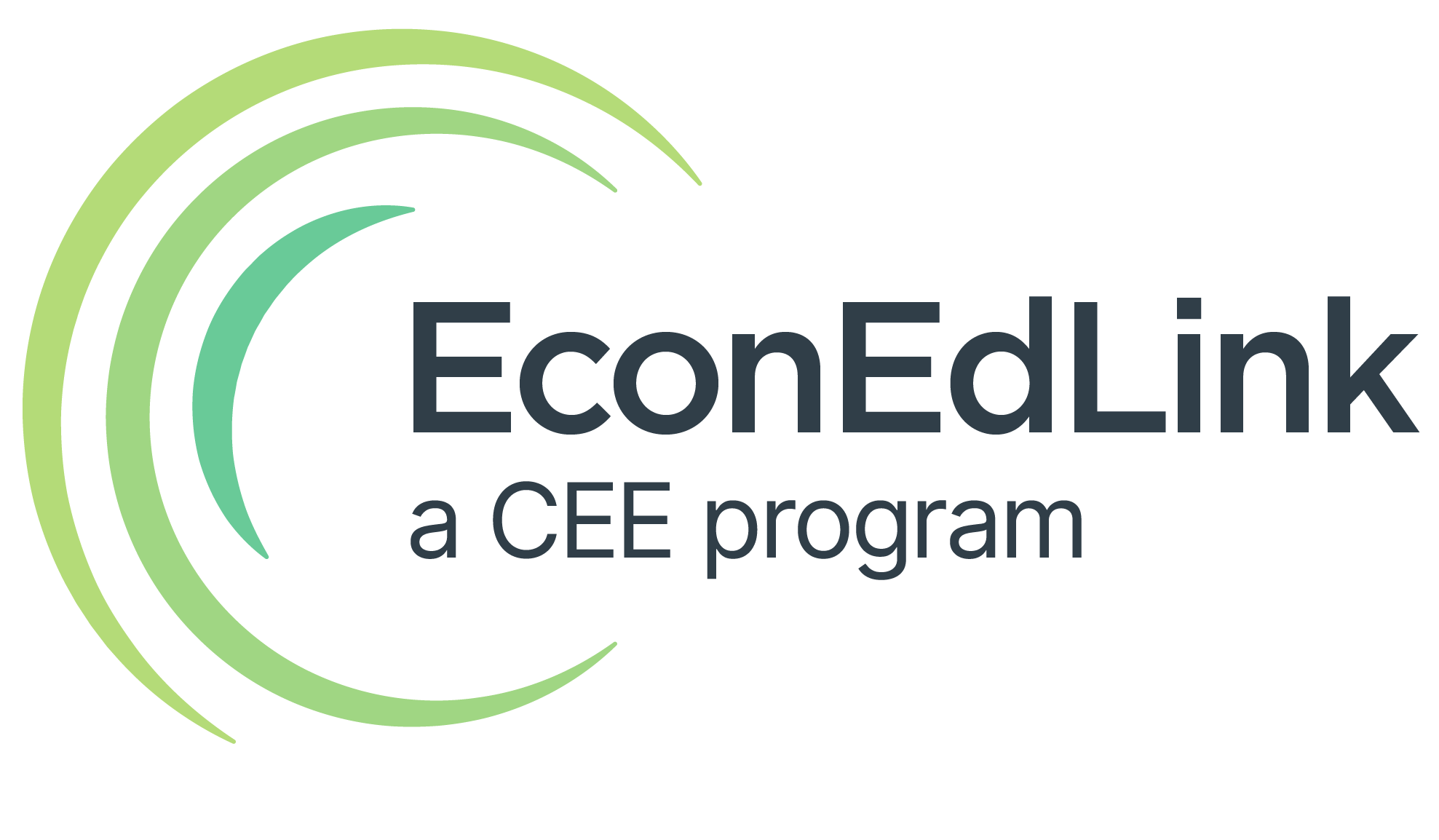9-12
The Early 1980s: A Tough Time For Home Builders and Mortgage Bankers
Have you ever thought of how much it might cost you to finance the purchase of a home? The home's purchase price is likely to be many times the yearly income of the typical household. If families waited until they had accumulated enough savings to use cash to pay for a home, they would…
Lesson











